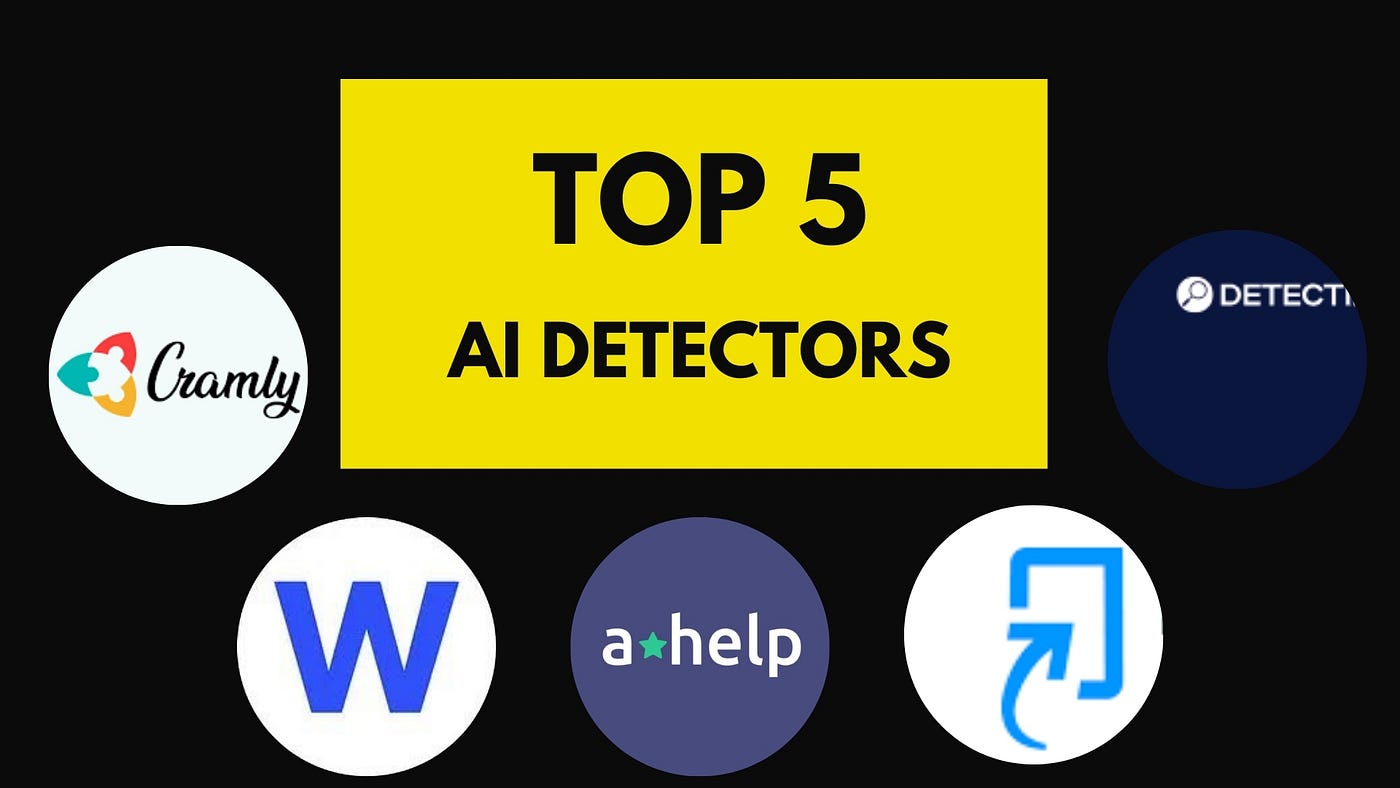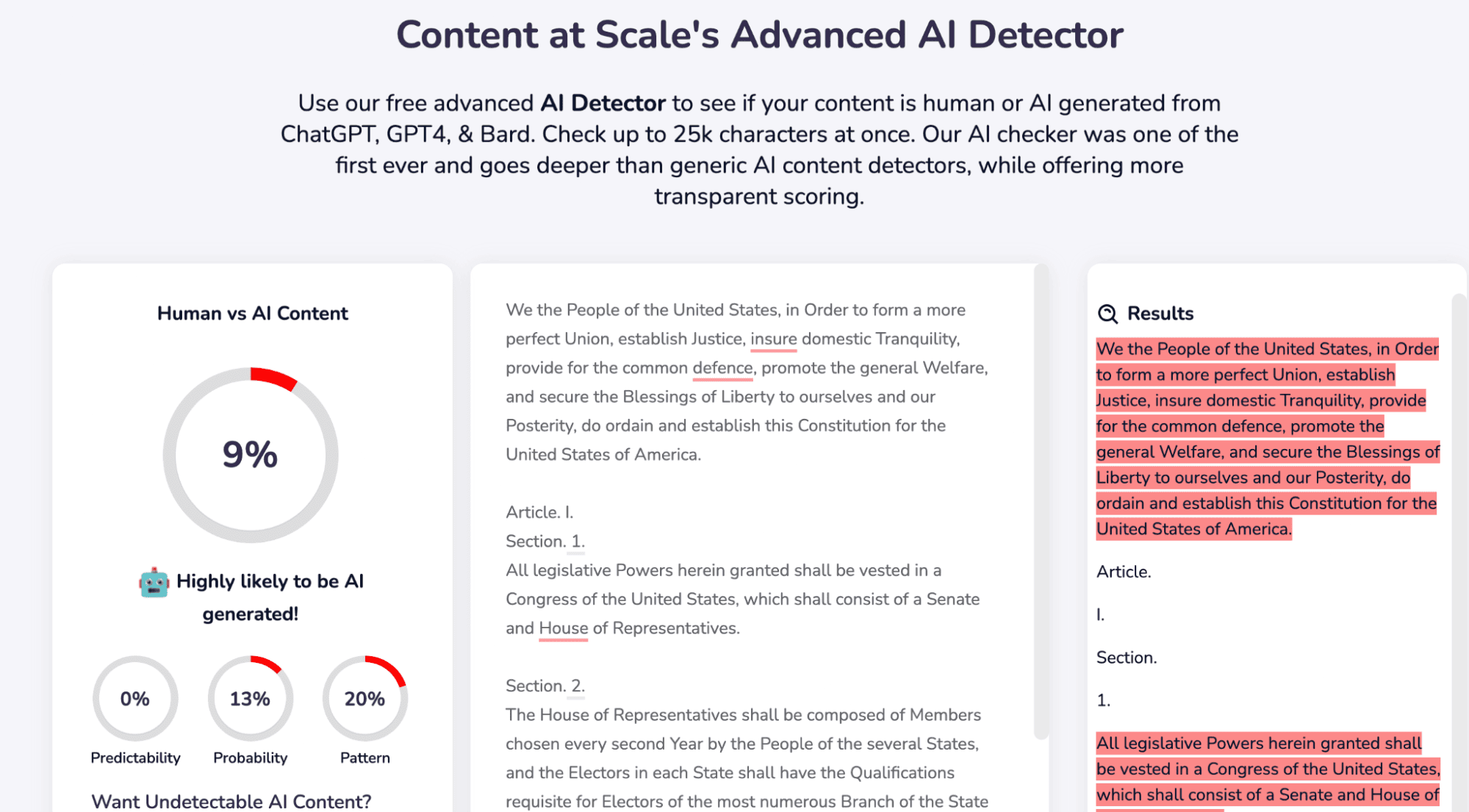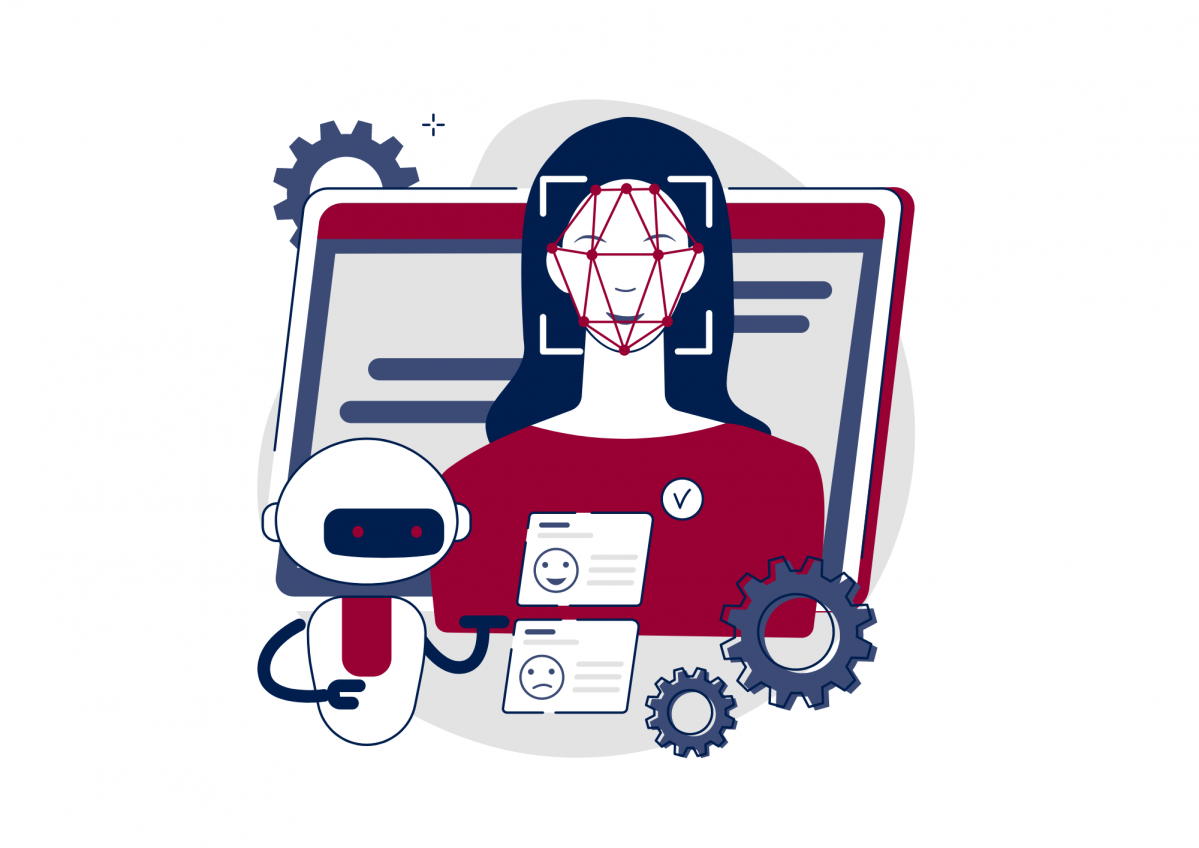How the AI Detector Can Help Prevent AI-Based Content Plagiarism
How the AI Detector Can Help Prevent AI-Based Content Plagiarism
Blog Article
Comprehending the Relevance of an Ai Detector in Today's Digital Landscape
As synthetic intelligence continues to permeate numerous facets of web content production, differentiating in between machine-generated and human-generated material has actually become increasingly intricate. These tools not only help in identifying AI-produced content but also copyright the stability of information circulation.
The Increase of AI Content

The rise of AI-generated material has substantial effects for various industries, consisting of journalism, advertising, and amusement - ai detector. Organizations are progressively using these innovations to enhance performance, customize content, and engage target markets better. The capacity to analyze large datasets allows AI systems to customize content to satisfy certain user preferences, offering a more personalized experience
Nonetheless, the proliferation of AI content likewise increases important considerations for material makers and consumers alike. As AI becomes much more incorporated right into material production operations, understanding the nuances of AI-generated product is essential for keeping high quality and relevance in a swiftly advancing electronic environment. Embracing this technical development while remaining alert about its implications is important for stakeholders in the electronic media landscape.
Obstacles of Credibility
The appearance of AI-generated material has actually presented significant challenges pertaining to credibility in digital media. As formulas come to be more sophisticated, distinguishing between human-created and machine-generated web content ends up being increasingly difficult. This obscuring of lines elevates concerns regarding the reliability of information and the possibility for false information to multiply.
One of the primary challenges is the erosion of trust amongst consumers. With AI efficient in producing practical text, pictures, and videos, individuals might find it testing to determine genuine resources from misleading ones. This skepticism can lead to a broader skepticism of all electronic content, making complex efforts to identify trustworthy information.
Furthermore, the ramifications for copyright are considerable. As AI tools generate content based upon existing works, questions relating to possession and creativity arise. Web content developers might have a hard time to protect their job from uncredited AI recreations, weakening their incomes and legal rights.
Lastly, the capacity for harmful uses of AI-generated web content, such as deepfakes and automated publicity, presents severe ethical and social dangers. These difficulties underscore the urgent need for frameworks that copyright authenticity in the electronic landscape, ensuring that information stays dependable and trustworthy.
Role of AI Detectors
Dealing with the challenges of authenticity in digital media calls for innovative options, and AI detectors have actually emerged as a crucial device in this initiative. These modern technologies are created to evaluate and identify material generated by fabricated knowledge, thus assisting in the discernment between machine-generated and human-created materials. The duty of AI detectors expands beyond plain identification; they also add to maintaining the integrity of details consumed by the public.
AI detectors utilize innovative algorithms to inspect different aspects of digital content, including etymological patterns, architectural anomalies, and certain markers that suggest automation. Their application extends several industries, consisting of journalism, education and learning, and social media, where the presence of AI-generated content can result in false information and erosion of trust fund.

Advantages of Making Use Of AI Detectors
Guaranteeing credibility in digital web content symbolizes the fundamental demand for count on details resources, and AI detectors act as a powerful ally in this quest. By recognizing AI-generated content, these tools aid maintain the honesty of information, thus safeguarding individuals from false information and enhancing overall content top quality.
Among the main benefits of making use of AI detectors is dig this their ability to streamline material verification procedures, substantially decreasing the moment and effort called for to examine the credibility of electronic products. This efficiency permits content creators, educators, and organizations to concentrate on generating reliable and high-grade details, instead of spending extreme resources on fact-checking.
In addition, AI detectors foster accountability among content makers. The expertise that AI-generated material can be recognized motivates transparency and ethical methods in content production. This, subsequently, contributes to an extra educated digital area, as users can confidently involve with confirmed details.
Future of Material Confirmation
As the landscape of digital web content continues to advance, the future of material confirmation offers both challenges wikipedia reference and chances for keeping authenticity. As AI modern technologies advancement, so as well do the techniques for creating and distributing false information (ai detector). This arms race in between content designers and confirmation devices necessitates the advancement of more advanced AI detectors qualified of critical real content from controlled or made material

Furthermore, the surge of decentralized innovations, such as blockchain, holds promise for confirming material provenance, guaranteeing that customers can trace the beginnings of the information they take in. Inevitably, the future of material confirmation will rest on our capacity to innovate when faced with evolving dangers, cultivating a digital atmosphere where credibility is recognized and maintained as a basic principle.
Final Thought
In final thought, the expansion of AI-generated material requires robust systems for authenticity verification. The future of content verification hinges on the performance of AI detectors in keeping credibility throughout numerous media systems.
AI material development tools, such as all-natural language handling versions and generative adversarial networks, allow individuals and businesses to generate high-grade web content at unmatched speeds and lower prices.
Nonetheless, the expansion of AI content also elevates essential considerations for content makers read the article and customers alike. As the elegance of AI-generated content proceeds to develop, the role of AI detectors comes to be progressively important in safeguarding credibility and promoting openness in digital interaction. The understanding that AI-generated content can be recognized motivates openness and honest practices in web content production.As the landscape of electronic content proceeds to develop, the future of content verification challenges both provides and opportunities for preserving authenticity.
Report this page